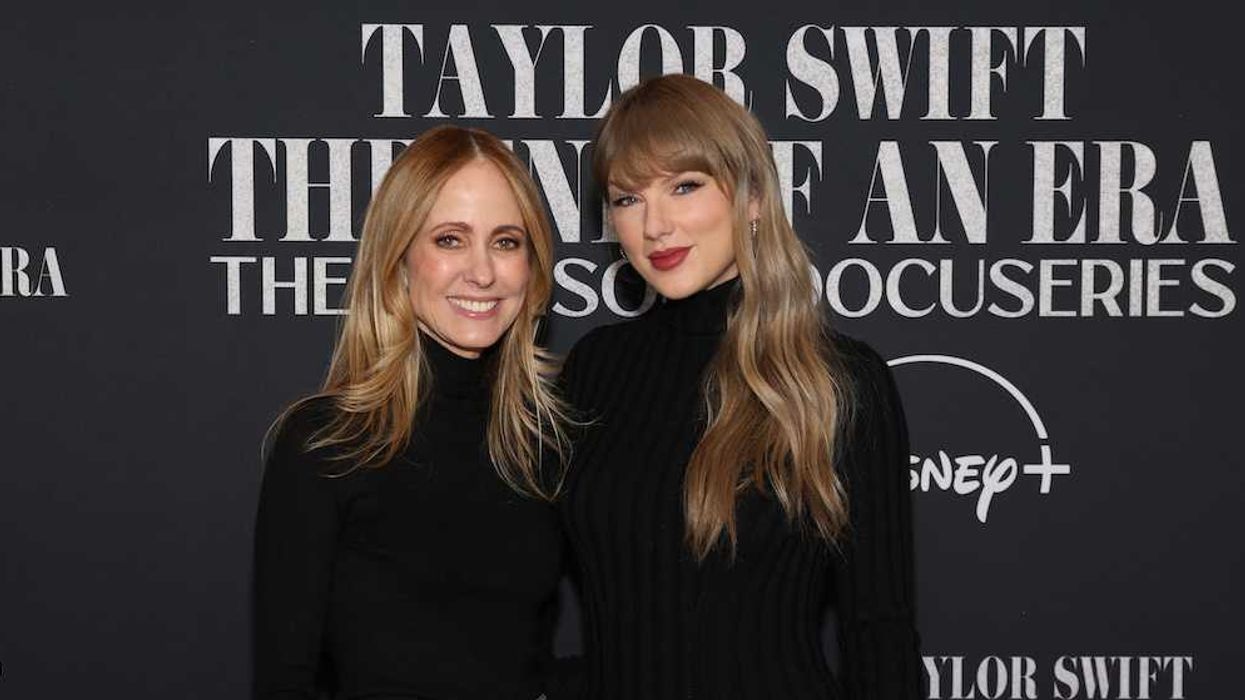This is how you start saving big bucks during your 20s.
How to Start Saving for Major Milestones While in Your 20s

Maybe I worry too much, but at the ripe ol’ age of 21, I spend a lot of time thinking about how I can start saving money for things like buying my first home, sending my (currently nonexistent) kids to college, retirement — or even just something for myself, like buying that killer pair of heels that I eventually want to add to my work wardrobe. I often find myself wondering: How early is too early?
“The short answer is that it’s never too early,” says Herbert Moore, co-founder and co-CEO of free financial advisor WiseBanyan. “Warren Buffett once said that a 20-year-old had an asset that most investors couldn’t dream of: time. Compounding interest is an incredible force and young people are in the best position to take advantage of it.”
Awesome! But where do we begin? These five easy steps are a good place to start:
1. Save a portion of every paycheck — starting with the very first one.
You’ve heard it before and you’ll hear it again: It’s smart to start creating good habits early. The same goes for saving a portion of each paycheck — whether you’re saving up to recreate your senior spring break with your college friends or purchase your first home, it’s important to make a routine out of setting aside a predetermined amount of cash.
Moore says shooting to save 10 percent of each paycheck is a good goal. “We recently ran our own calculations and found that, assuming a seven percent return, [saving 10 percent of each paycheck] allows people to retire at age 70 with an income from their investments of 86 percent of their peak earnings — without drawing down their nest egg,” Moore says. Read: You’ll be able to maintain your standard of living through retirement and pass a substantial amount of wealth along to any future kiddos.
2. Open an Individual Retirement Account.
How you organize your savings is ultimately up to you, but Moore recommends having no more than one account per milestone in order to better keep track of your money. For your retirement fund, you might consider opening an IRA. “After a checking account, the next account we recommend young people open is an Individual Retirement Account, or IRA,” Moore says. “This is a tax-deferred account which allows investors to contribute pre-tax dollars, which allows more money to compound for longer.” Your IRA will “max out” at $5,500 per year, but it’s an excellent alternative to a 401(k) if your employer doesn’t offer one.
3. If your company does offer a 401(k), consider taking advantage of it.
Oh, the infamous 401(k). It seems like I’ve listened in on conversations about 401(k)s since before I could even talk, much less worry about saving for major milestones. But wait — what are they really? Moore explains: “401(k)s are retirement accounts set up by an employer. Generally, they allow you to pre-determine what percentage of your paycheck you wish to contribute each pay period, and the funds are automatically contributed through direct deposit.” You typically have to opt in to — rather than opt out of — your company’s 401(k) plan, so be sure to do so if you’re interested.
Many employers will match what you put into your 401(k), and in an ideal world, you would contribute the maximum amount your employer will match with each paycheck. If your employer doesn’t offer matching, fear not. You have a couple of options to consider.
If you’d like to contribute more than $5,500 — the maximum amount you can contribute to an IRA annually — to your retirement every year, you should stick with the 401(k). If you’d like to contribute less than $5,500 per year, though, your decision will depend on the fees included with your employer’s plan. “If the fees are low, the 401(k) can be a very efficient way to invest. If the fees are high, it might make sense to look to an IRA because you can achieve the same tax benefits with a more efficient fee structure,” Moore explains.
4. Evaluate your contribution amounts annually.
Now that you’ve started saving a small cut of each paycheck, Moore recommends reevaluating that amount once every year and increasing or decreasing it as you see fit. Think about it: The amount you’ll be able to funnel into your savings account 10 years from now is likely different (and hopefully more!) than the amount you’re able to put away right now. Plus, new saving goals — like the European getaway that you’ve always dreamed of or a revamped nursery for the baby on the way — will alter the amount you save from each paycheck over time.
Be sure to account for changes in salary, as well: “We also recommend increasing your contribution with any raise,” Moore says. “With an automated investment plan, it’s quite easy to dial up or down a contribution.”
5. Use the resources available to you.
Saving for life’s major milestones doesn’t have to be scary — free financial advising tools like WiseBanyan, conversations with financially savvy friends and family and even personal finance articles on Levo are just some of the many resources available to you as a money-minded 20-something. Have a question? Don’t be afraid to ask.
Do you have any saving tips to share? Weigh in on the comment section below.
This post was originally published on Levo League by Heather Finn.


















